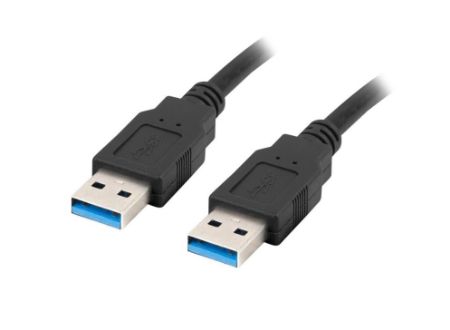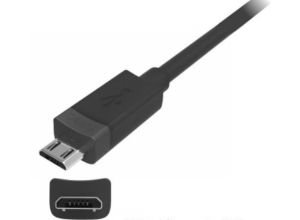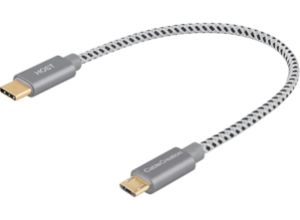What is a Power Bank? How do Power Banks Work?
Power banks have become an essential device for many people, always in a backpack or a purse. But what are they exactly? How are they built? How do they work? For these and more questions, you can find the answers in this article.
What is a Power Bank?
A power bank is essentially a portable battery designed to charge an electric device on the go.
Lithium-ion batteries are the most common batteries used in power banks. They are inside a specially designed cover, whose main task is to protect the battery and maintain the power, keep it charged, not drained.
Possession of a power bank allows us to use it as a spare battery backup for various electronic devices such as mobile phones, laptops, cameras, GPS, handheld game consoles, and many more.
How Does a Power Bank Work?
Essentially a power bank is the built-in batteries inside a special case. They are connected to a circuit located inside, which allows controlling the power flow.
The stored power is stored in a battery and released once connected to an external electronic device.
Modern technology keeps the energy and charges a battery only when it’s needed. It ensures saving power.
You might come across different names for power banks such as battery packs, portable batteries, battery banks, power stations, and many more.
Needless to say, this is a very simplified explanation, without getting into the complex and technological details.
How do I Use a Power Bank?
It’s not rocket science. You need a compatible cable to an electric device you want to charge, plug the bigger end (USB-A) into a USB port of a power bank, and another end to the device. There are four main types of USB ports:
- USB-A - the standard connector, found in nearly all USB cables. It has a rectangular shape and fits in one way. Almost every computer or laptop has a port for USB-A.

- Micro-USB - a tiny connector widely used in most portable devices. Most Android phones and Bluetooth headphones use a Micro-USB port. However, recently USB-C has been taking over the place as the main USB port in Android devices.

- USB-C - the newest USB standard. The most significant difference in comparison with different USB ports is that it can have the same ends, not USB-A on one end. USB-C is slowly being adopted in many Android phones. Furthermore, Apple’s newest MacBook and MacBook Pro models only have USB-C ports.

Having a correct cable to a charged device is essential. It’s also advised to have a high-quality cable and relatively short, to maximize efficiency.
Once a cable is plugged into both devices, the magic is happening.
How Many Times Can a Power Bank Charge My Phone?
Since there are many variations involved, it’s difficult to calculate the number of charges perfectly. However, it’s possible to calculate a close number of charges by using the following formula:

Example:

As you can see, a mobile phone with a battery capacity of 3000mAh can be charged a little bit more than once. It is mainly related to energy loss during transferring energy from a lower voltage of 3.7V (power bank) to a higher voltage of 5V (mobile phone) . It causes energy loss. More details you can find in the article (Charging Terminology and The Real Battery Capacity).
I advise you to buy a power bank with at least three times bigger battery capacity than your mobile phone’s battery if you want to charge your device fully at least twice.
What Type of Batteries Do Power Banks Use?
Currently, most power banks use one of type battery:
- Lithium-ion - a high power density battery; can’t be affected by so-called memory effect (losing charging efficiency over time); degrades gradually, whether used or not, within 2-3 years; relatively low in cost.
- Lithium polymer - more flexible when it comes to shape and size; last longer; lightweight; and more expensive and shorter life cycle.
To Sum Up
Power Banks are incredibly versatile devices. Power banks over the years have developed to become versatile and safe devices.